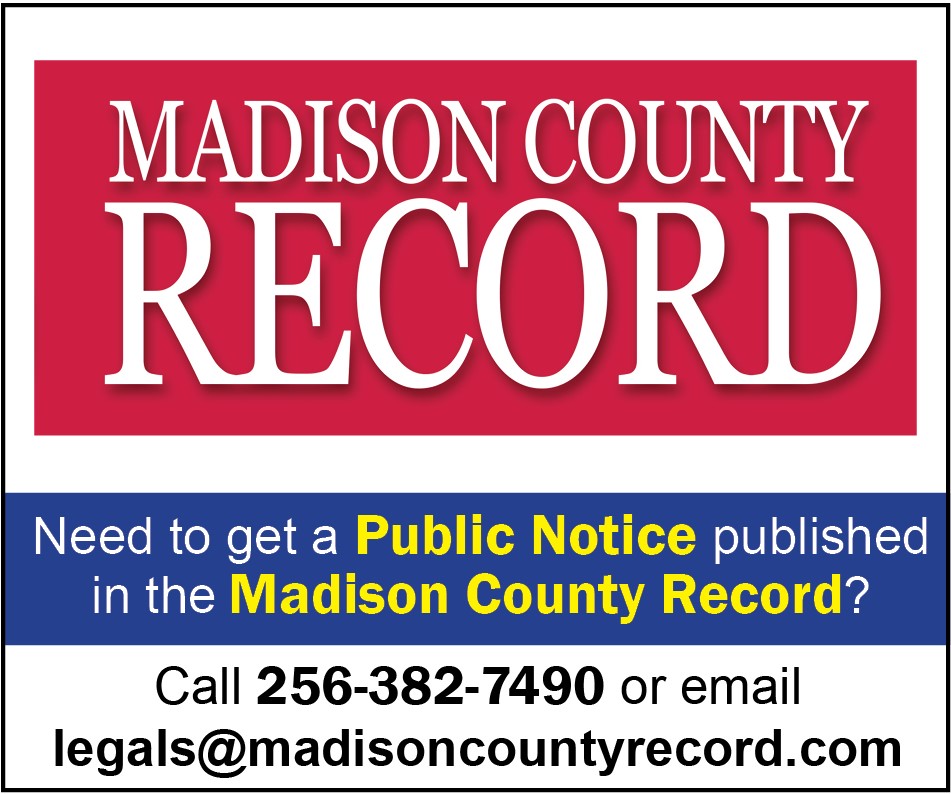Rationing depicts World War II era at Mill Creek
“The Great Ration Experiment” flashed back to World War II lifestyles when sixth-graders at Mill Creek Elementary School lived by rationing for a week.
Teacher Amber Merrill made “history seem more intriguing by putting students in the shoes of the people who lived it.” Her goals were to waste less, appreciate more and develop camaraderie.
Their slogan was “Use it up, wear it out, make it do or do without.” Merrill “seized the chance to give students a glimpse into what scarcity really was like.”
Propaganda posters, like Uncle Sam and Rosie the Riveter, provided “a lesson by themselves,” Merrill said.
Their first task was removing all desks and chairs. Students sat in the floor, unless they ‘bought’ a desk with ration stamps.
Students organized in four-member ‘families’ with the decade’s most popular surnames. Step Two was moving all consumables out of students’ reach. Merrill relocated her desk “to block possible black-market dealers.”
“We established a general goods store and determined prices,” Merrill said. “I set prices high purposely so they had to be smart in their decision-making.”
Students created ration booklets, mimicking two authentic booklets that belonged to Merrill’s great-grandfather. Students received two ration pages, each with 48 stamps.
Merrill also limited merchandise quantity but planned activities requiring ‘goods,’ like pencils, scissors and rulers. Students had to pay a gas ration for library or bathroom trips. One class asked to ‘carpool’ to the bathroom for optimum rationing.
Some students immediately wanted to buy ‘expensive’ items, like a locker or backpack, without consulting their family. Other families pooled their rationed resources. “Some hoarded their stamps compulsively,” Merrill said.
One family had a “falling out,” arguing about who owned their desk: the family or the student who bought it.
“You may wonder what I rationed to show solidarity with my students,” Merrill said. “I didn’t use my SmartBoard at all to teach.”
In addition, Merrill’s students created radio news broadcasts in first-person accounts of the era’s events.



















